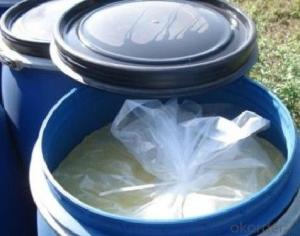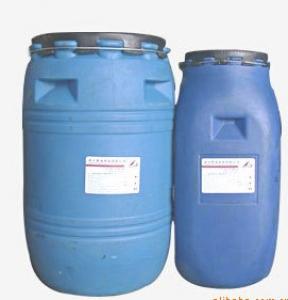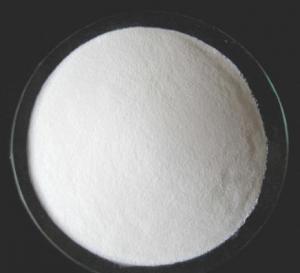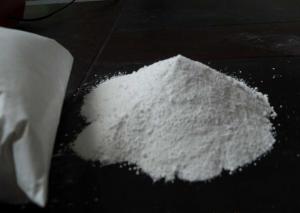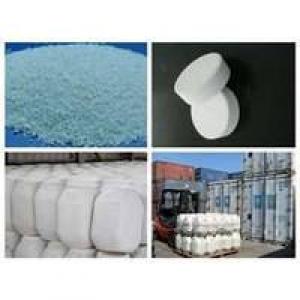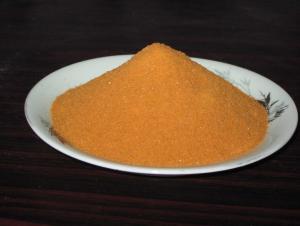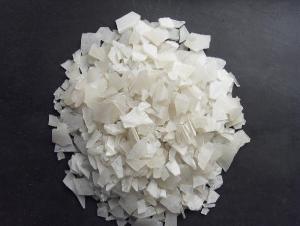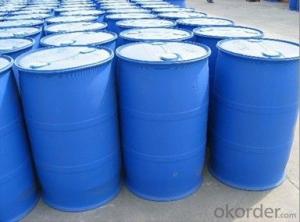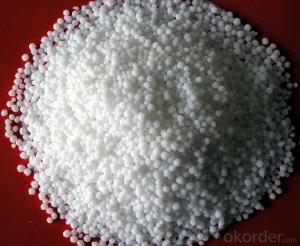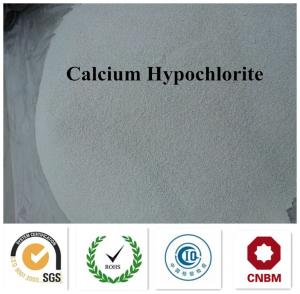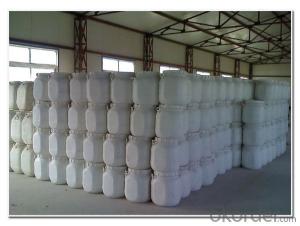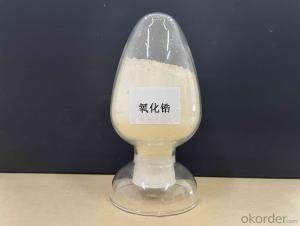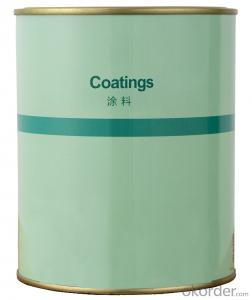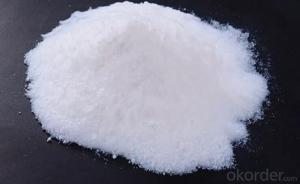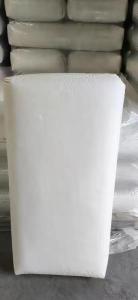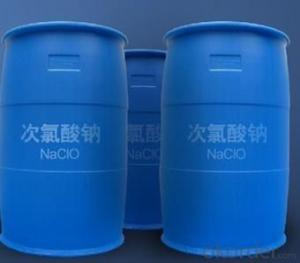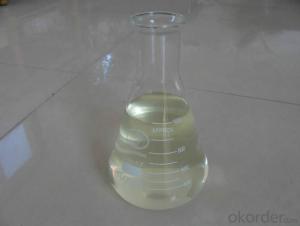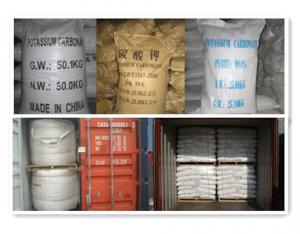SLES with Best Offer and High Quality and Strong Package
- Loading Port:
- Tianjin
- Payment Terms:
- TT or LC
- Min Order Qty:
- 17.6
- Supply Capability:
- 3000 m.t./month
OKorder Service Pledge
OKorder Financial Service
You Might Also Like
1.Structure of Sodium Lauryl Ether Sulfate70%(SLES70%) Description:
CAS No.: | 68585-34-2 |
MF: | RO(CH2CH2O)nSO3Na |
EINECS No.: | 221-416-0 |
Appearance: | White or Light Yellow Viscous |
Usage: | Cosmetic Raw Materials, Detergent |
2.Main Features of Sodium Lauryl Ether Sulfate70%(SLES70%) :
With excellent detergency,emulsification and foamability,it is easy to dissolve in water.As well as favorable hard-water resistency and high-biodegradation,it is popular with customers both at home and abroad.
3. Sodium Lauryl Ether Sulfate70%(SLES70%) Images



4. Sodium Lauryl Ether Sulfate70%(SLES70%) Specification
Items | Specification |
Active matter, % | 68-72 |
Free Oil,% | 3.5 max. |
Sodium sulfate, % | 1.5 max. |
1,4-Dioxane, PPM | 30 max. |
pH value ( 25 oC , 2% Am.aq.sol) | 7.0~9.5 |
Color, Hazen (5%Am.aq.sol) | 20 max. |
Chloride ion , % | 0.3 Max |
5.FAQ
1)How many tons does your factory can supply each moth?
30000tons/month
2)How to quarantee the quality of the products?
you can arrange SGS&BV or other quality inspection.
3)How many days you need to pepare the cargo after we made the order?
within 30 days.
- Q:A. oxygen demanding wastesB. organic plant nutrientsC. inorganic plant nutrientsD. water soluble inorganic chemicalsE. sediment
- Acids, D. water soluble inorganic chemicals salts, D. water soluble inorganic chemicals metals E. sediment
- Q:Effects of Minerals on Plants
- Minerals have a significant effect on plants, plants require about 25 elements, CHONPS Na Mg AL B MO Ca Fe Zn, etc. Most of these minerals have these elements, which are absorbed in the soil by roots and transported to plants Different parts, the role of a lot of plants lack of mineral leaves will be yellow, such as if there is no Mg, it can not be normal photosynthesis, because Mg is the necessary elements of synthetic chlorophyll, etc., if you want to know more profound, you can put each Kind of elements are checked.
- Q:What foods contain inorganic salts?
- Kelp, jellyfish, seaweed, moss; bones, soy products, lean meat, animal liver, brown rice
- Q:What is the time when the maximum number of inorganic salts is needed
- Nitrogen is the basis of many important organic compounds in the body, such as protein, nucleic acid, chlorophyll, enzymes, vitamins, alkaloids and some hormones, etc. Nitrogen is also the basis of genetic material. In all organisms, the protein is most important, it is Often at the center of metabolic activity, which is the primary factor limiting plant growth and yield, and has a significant effect on improving product quality.
- Q:what is the function of the organic part of bone matrix?of the inorganic part(bone salts)?
- For the best answers, search on this site www.okorder You're a riot, I swear. It amazes me how many people completely miss your plays on words. I'd stick with the "in" organic food. You know, the really trendy stuff like chai tea. Stay away from old, tired standbys like pizza and hamburgers. Macaroni and cheese, though, is like the tuxedo or the little black dress. It never goes out of style.
- Q:I'm said that with the increase of temperature the inorganic salts will decrease. Will that be correct?
- IIRC, it depends on the salt.
- Q:Cells are composed of water and inorganic salts or by organic matter and none
- There are, but the water accounted for most of the inorganic salt to maintain cell acid and alkali balance;
- Q:what percent of dissolved salts found in seawater are minor inorganic salts, or trace?
- Seawater varies in composition a little but generally is about 3.5% salts. Of this about 3.1% is sodium chloride. So the remaining 0.4% is the other salts (Magnesium, Calcium and Potassium mostly, followed by just about every natural element in the periodic table in trace amounts)
- Q:What are the effects of water, inorganic salts, carbohydrates, proteins, fats and vitamins?
- The main physiological functions of carbohydrates (also known as carbohydrates): 1. Supply of heat. (Per gram of sugar can release 4 kcal of calories, is the main source of heat the body.) 2. constitute the body tissue. (All the nerve tissue, cells and body fluids are still carbohydrates.) 3. Can help the oxidation of fat to help the liver detoxification, promote growth and development.
- Q:Which foods contain calcium-containing inorganic salts
- Calcium and inorganic salts are two concepts, bother you to go back and turn the chemical book and then ask, inorganic salt can eat
1. Manufacturer Overview |
|
|---|---|
| Location | |
| Year Established | |
| Annual Output Value | |
| Main Markets | |
| Company Certifications | |
2. Manufacturer Certificates |
|
|---|---|
| a) Certification Name | |
| Range | |
| Reference | |
| Validity Period | |
3. Manufacturer Capability |
|
|---|---|
| a)Trade Capacity | |
| Nearest Port | |
| Export Percentage | |
| No.of Employees in Trade Department | |
| Language Spoken: | |
| b)Factory Information | |
| Factory Size: | |
| No. of Production Lines | |
| Contract Manufacturing | |
| Product Price Range | |
Send your message to us
SLES with Best Offer and High Quality and Strong Package
- Loading Port:
- Tianjin
- Payment Terms:
- TT or LC
- Min Order Qty:
- 17.6
- Supply Capability:
- 3000 m.t./month
OKorder Service Pledge
OKorder Financial Service
Similar products
New products
Hot products
